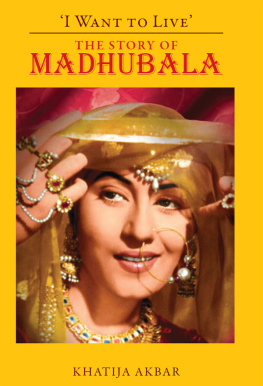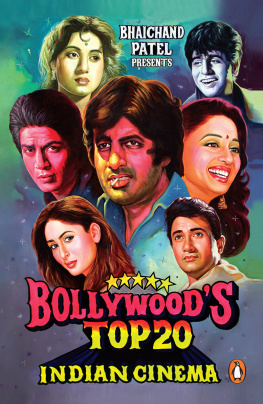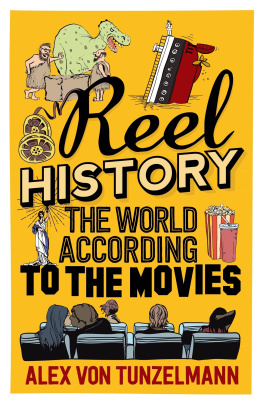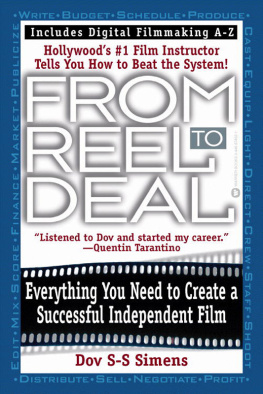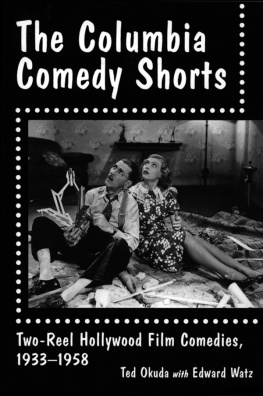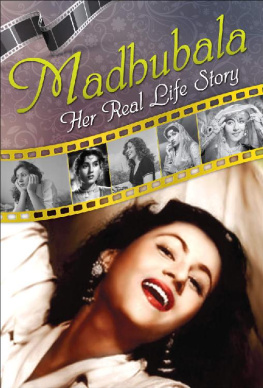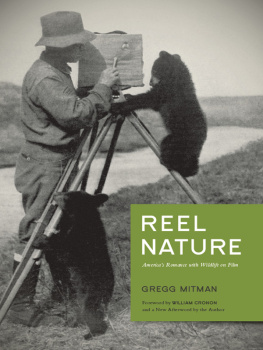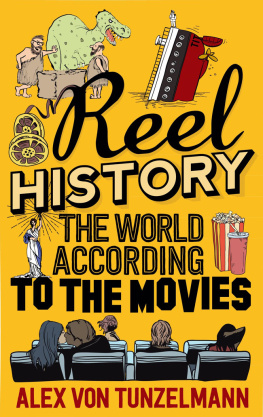I Want to Live


Hay House Publishers (India) Pvt. Ltd.
Muskaan Complex, Plot No. 3, B-2 Vasant Kunj, New Delhi-110 070, India
Hay House Inc., PO Box 5100, Carlsbad, CA 92018-5100, USA
Hay House UK, Ltd., 292-B Kensal Rd., London W10 5BE, UK
Hay House Australia Pty Ltd., 18/36 Ralph St., Alexandria NSW 2015, Australia
Hay House SA (Pty) Ltd., PO Box 990, Witkoppen 2068, South Africa
Hay House Publishing, Ltd., 17/F, One Hysan Ave., Causeway Bay, Hong Kong
Raincoast, 9050 Shaughnessy St., Vancouver, BC V6P 6E5, Canada
Email: contact@hayhouse.co.in
www.hayhouse.co.in
Copyright Khatija Akbar
First published 1997
Revised and updated 2011
The moral right of the author has been asserted.
The views and opinions expressed in this book are the authors
own and the facts are as reported by her, which have been verified
to the extent possible, and the publishers are not in any way
liable for the same.
All rights reserved. No part of this book may be reproduced by any
mechanical, photographic, or electronic process, or in the form of a
phonographic recording; nor may it be stored in a retrieval system,
transmitted or otherwise be copied for public or private use other
than for fair use as brief quotations embodied in articles and
reviews, without prior written permission of the publisher.
ISBN 978-93-80480-81-7
Designed and typeset at
Hay House India
Printed and bound at
Replika Press Pvt. Ltd., Kundli, Sonepat, Haryana (India)
To
Husain and Sajid
M Y GRATEFUL THANKS ARE DUE TO MANY PEOPLE, SOME OF WHOM have since passed away, for their co-operation in the researching and writing of this book over the years. I owe a debt of gratitude to Madhubalas colleagues and to those of her friends whose request not to be mentioned in the book has been respected. I wish in particular to thank Dilip Kumar, who albeit unwilling, was gracious enough to grant me an interview on his former costar, when I waited to meet him at his office with no prior appointment. I had no appointment for the simple reason that it was impossible to get one. I also wish to express my thanks to Dev Anand for whom the term gentleman fits like a glove. Exceedingly affable and likeable, he gave me an appointment in the midst of frantic preparations for shooting in Europe. To Ashok Kumar who spared time despite very indifferent health; Shammi Kapoor and Nadira for their delightful forthrightness and sharp memory; and the gentle Nimmi whose eyes grew moist at recollections of the past.
I am deeply obliged to everyone who helped shed light on the subject of Madhubala and willingly went into flashback. Music directors Anil Biswas and Naushad Ali, directors Kidar Sharma and Sultan Ahmed, stars Om Prakash, K. N. Singh, Begum Para, Shammi, Ajit, Minu Mumtaz, Sheila Dalaya (who played the sister in Mughal-e-Azam), danseuse Sitara Devi, Sushila Rani, wife of Filmindia editor Baburao Patel and an early acquaintance of Madhubala, veteran journalist B.K. Karanjia and many more. Their comments and memories pieced together have provided an invaluable insight and understanding of Madhubala.
I am thankful to Ahsan Khan for his kind help in getting me my most difficult appointments and to R. D. Chadha, Bar-at-law, for his generous assistance in making some of the legal facts of the Naya Daur court case clearer.
I am grateful to the Times of India group of publications for allowing access to past issues of Filmfare, and to Ranjan Bakshi without whose interest in a very nascent idea, the work would not have taken off at all. To the National Film Archive of India, Pune, for use of their material and photographs, to the studio Kamat Foto Flash, to R. D. Mathur, cinematographer, and to Abdul Ali of the Cine Society, Bombay, for use of their photographs, I am truly grateful. A few photographs are from Bunny Reubens book Follywood Flashback.
I am also especially indebted to the warm hospitality of my dear friend Asima and her husband Ehsan whose co-operation made my visits to Bombay so pleasant. The ease with which I was able to travel the length and breadth of a new city, in quest of interviews, is entirely due to the game spirit and company of Asima.
I would like to express my gratitude to my loved mother and father; to my husband Siraj and my boys Husain and Sajid whose encouragement was so vital and welcome; to Shalini and her daughter Tarana, who kept me updated on any new information on Madhubala.
To Andal, on whom I can always rely. My heartfelt thanks.
Finally, I dont know how to thank my publisher Ashok Chopra. Suffice it to say he shared the same vision as I did. And, without him, this book would not have been possible. My heartfelt thanks to my editor K. J. Ravinder (who is a real movie buff with an encyclopaedic knowledge of Hindi films) and to Rakesh Kumar and Aeshna Roy for doing a great job in the designing of the book and the cover, respectively.

The picture of Madhubala that is summoned up at the
mention of her name is of a very beautiful face at times
pensive, at times mischievous with its trademark slightly
crooked smile. But surrounding it is a vast silence. In trying
to penetrate that silence which bothered me so long ago, I
have attempted to give to the picture its voice and soul.

I DISCOVERED MADHUBALA IN THE NICEST WAY POSSIBLE WITH Ram Daryanis 1951 Dilip Kumar starrer Tarana. The image of that laughing, vivacious young Madhubala has stayed with me ever since, with none of her subsequent roles in the many films I saw thereafter able to erase it. An entirely lovable movie Tarana best epitomized her bubbling spirits and natural effervescence. No tragedy had touched her yet. She was wonderfully free of the darknesses that would later hover over her, casting a whiff of sadness over even the brightest and funniest portrayals. Tarana carried no such burden; it exuded a sense of happiness that was infectious, conveying itself to us in the audience, which inevitably left the viewers smiling.
I first saw Tarana in 1966. The Hindi film scene then was dominated by actresses like Waheeda Rehman, Sharmila Tagore, Sadhana, Saira Banu, Nutan and Asha Parekh. Madhubalas sun had already set. Her acting days were long over and the age of colour and Kashmir had begun. However, black and white films still had a regular outlet in morning shows. Aah, the delight of those morning shows! To a group of girls in a conservative city like Hyderabad, merely slipping out of the womens college for an 11 A.M. show to return at 2 P.M. had the added tang of forbidden fruit. For as little as a rupee (50 paise if you sat in the ladies section) you could lose yourself in the magic world of Kamal Amrohis Mahal (1949), Mehboob Khans Andaz (1949) and Amar (1954), Raj Kapoors Barsaat (1949), and Bimal Roys Madhumati (1958). K. Asifs Mughal-e-Azam (I960), of course, always drew in a full house in regular shows.

